Read Our Blogs
Can Solar Cells Work During Rainy or Cloudy Days?
Nov 04, 2025

Solar power is one of the cleanest and maximum sustainable resources of strength available in recent times. It makes use of daylight to generate electricity, supporting us lessen our reliance on fossil fuels and reduce down greenhouse fuel emissions. But one not unusual query that arises at the same time as speaking approximately solar energy is — can solar cells art work in the course of rainy or cloudy days? After all, the sun isn’t shining brightly all of the time, especially inside the course of monsoon seasons or overcast climate. Let’s find out how sun cells characteristic below these situations, the technology within the back in their performance, and the improvements that make sun electricity more dependable even supposing the sky isn’t perfectly clean.
Understanding How Solar Cells Work
To recognize how solar chambers behave on cloudy or wet days, we first need to recognize how they work. Solar chambers, additionally known as photovoltaic (PV) cells, convert daytime straight away into electricity. They are usually made from semiconductor materials like silicon, which take in photons (mild debris) from the sun. When photons hit the floor of a solar chambers, they excite the electrons inside the semiconductor, growing an electric powered contemporary.
This modern is then directed through an inverter to convert direct modern-day-day (DC) into alternating current (AC), it really is the shape of strength we use in our homes and industries. Essentially, the greater daylight hours sun panels acquire, the extra electricity they can produce. But even within the absence of shiny sunlight, they don’t simply save you walking.
Solar Cells on Cloudy Days
On cloudy days, the quantity of daylight attaining the Earth’s surface is reduced. However, daylight nonetheless penetrates through clouds. Think approximately how you may nonetheless see outside and the way daytime continues to light up your environment even on an overcast day, that’s because daylight is being subtle, not totally blocked.
Solar panels can still generate electricity beneath diffuse daylight. Depending on how thick the clouds are, their performance may drop to everywhere among 10% and 25% in their regular capability. For example, if your sun gadget generally produces five kWh of electricity on a sunny day, it would generate round 1 to 1.5 kWh on a totally cloudy day.
Interestingly, a few sun panels are better than others at performing underneath such conditions. Monocrystalline panels, acknowledged for their better efficiency and sensitivity to decrease mild degrees, carry out higher in cloudy climate as compared to polycrystalline panels.
What Happens During Rainy Days?
Rainy days regularly come with thick clouds and reduced sunlight, so certainly, sun output drops. However, rainfall clearly <a href="blog/solar-power-roof-benefits-uses.php">advantages solar panels</a> in some other critical way — it cleans the panels. Dust, dust, and fowl droppings can collect on solar panels over the years, decreasing their efficiency. Rain acts as a natural purifier, washing away these particles and ensuring the panels can absorb daylight extra efficiently while the solar returns.
While power manufacturing dips in the course of heavy rainfall, present day sun structures are designed to balance this out by using storing extra power generated on sunnier days. This saved energy, saved in batteries or sent again to the strength grid, can be used in the course of cloudy or rainy periods.
Do Solar Cells Generate Power at Night?
It’s vital to note that sun cells do not produce power at night due to the fact there is no sunlight available. However, solar power structures are frequently paired with battery storage or grid connections to ensure continuous power supply. During sunny days, extra energy is saved in batteries or despatched to the grid for credit (a device known as net metering). This stored or credited power is then used at night time or on wet days whilst production is low.
Advancements in Solar Technology for Low-Light Conditions
One of the largest challenges in sun strength generation has continually been reduced performance beneath cloudy, rainy, or low-light situations. Since traditional sun panels rely heavily on direct daylight, their performance drops drastically while the sky is overcast. However, latest improvements in sun era have significantly advanced how properly solar cells perform in such conditions. These improvements ensure that even if daylight is susceptible or scattered, solar panels can nevertheless generate meaningful quantities of strength.
Bifacial Solar Panels
Bifacial solar panels represent one of the best improvements in latest years. Unlike conventional panels that absorb mild best from the front, bifacial panels can seize sunlight from both aspects. The rear facet collects pondered or subtle mild from the floor or nearby surfaces such as homes, water, or snow. This means even indirect sunlight can be harnessed, drastically increasing power output for the duration of cloudy or low-daytime.
PERC (Passivated Emitter and Rear Cell) Technology
PERC solar cells have end up an increasing number of famous for his or her advanced performance in low-light conditions. These cells characteristic a further passivation layer at the rear surface, which displays unabsorbed mild back into the mobile. This allows the panel to capture greater photons, even when daylight is vulnerable. As a end result, PERC generation facilitates enhance performance in the course of early mornings, late afternoons, and cloudy days.
Thin-Film Solar Cells
Thin-movie sun panels are made from materials together with cadmium telluride (CdTe) or amorphous silicon (a-Si). They have a completely unique gain in low-light environments because they could absorb a wider variety of mild wavelengths. Thin-film panels also are light-weight, bendy, and much less touchy to temperature adjustments. While they typically have decrease top performance compared to crystalline silicon panels, they carry out better under diffuse daylight situations, making them ideal for areas with common cloud cowl.
Perovskite Solar panels
Perovskite solar chambers are an interesting new development in photovoltaic research. They are crafted from materials that have first rate light-soaking up residences and may generate power efficiently even under low illumination. Their capability to feature nicely in indoor and cloudy conditions makes them a promising choice for the destiny of sun generation.
Conclusions
The advancements together with bifacial panels, PERC cells, skinny-film substances, and perovskite generation are remodelling solar cells right into a dependable power supply in all weather conditions. These improvements ensure that solar strength remains efficient, dependable, and sustainable in every weather situation.
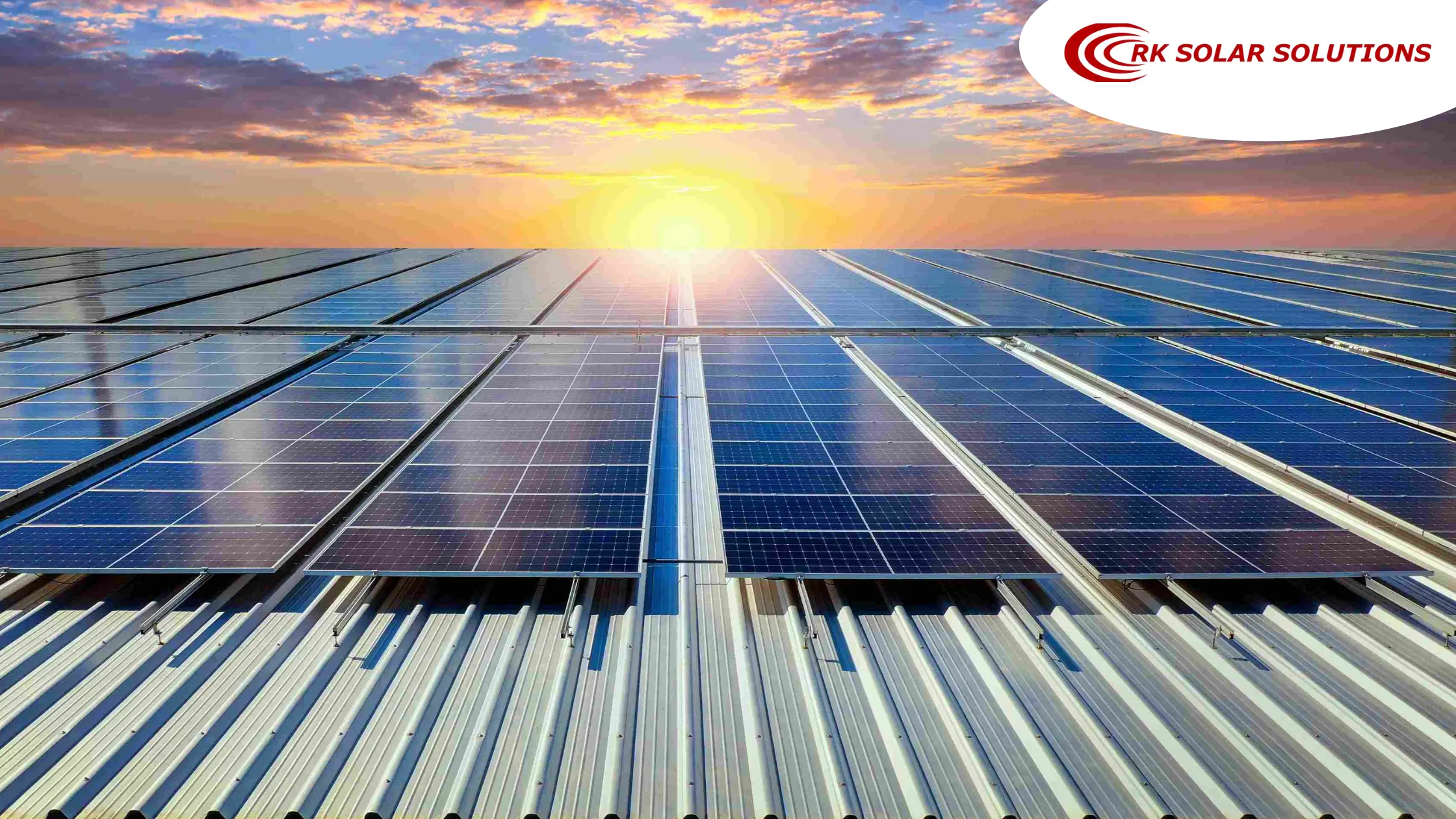
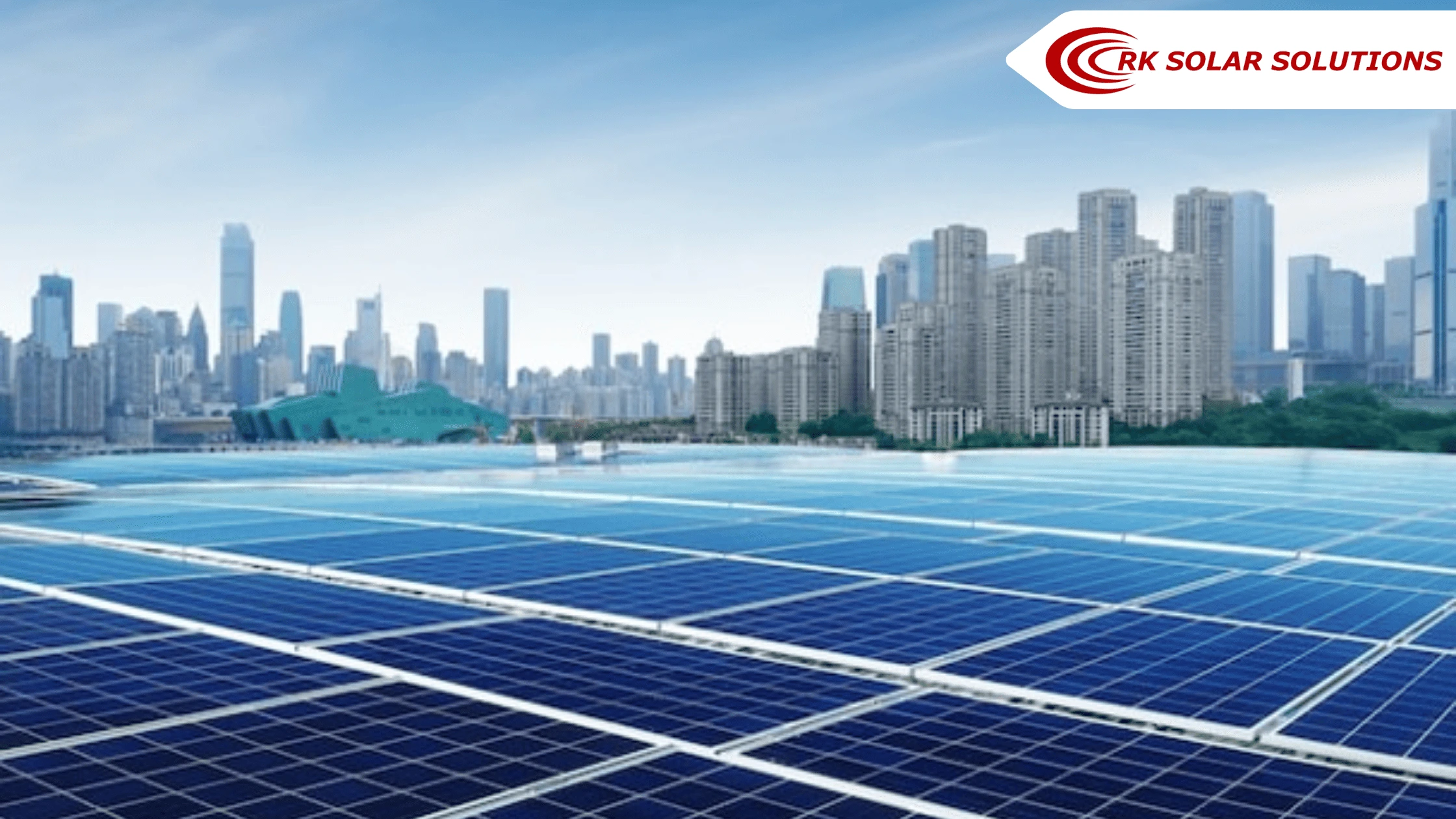



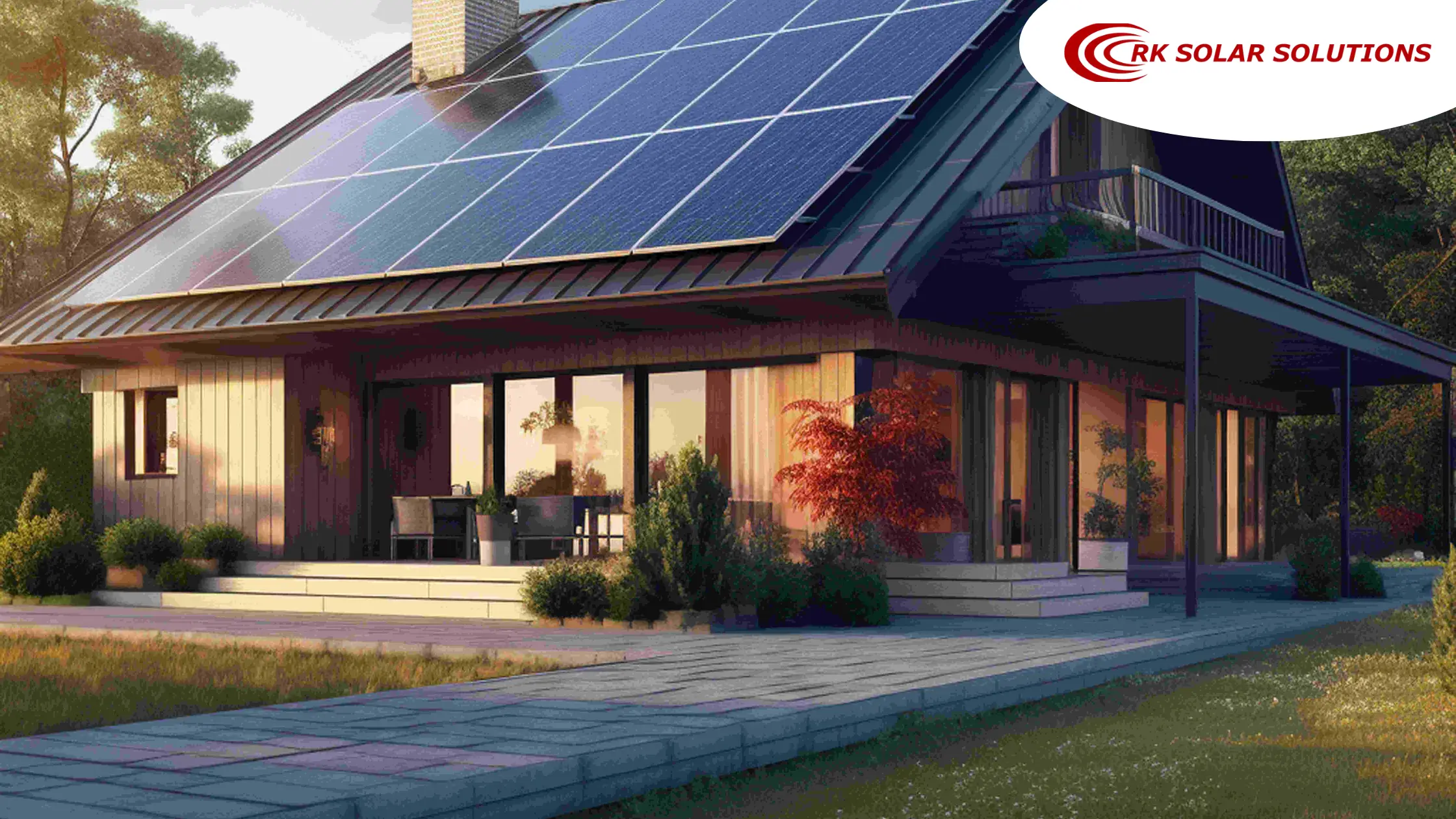

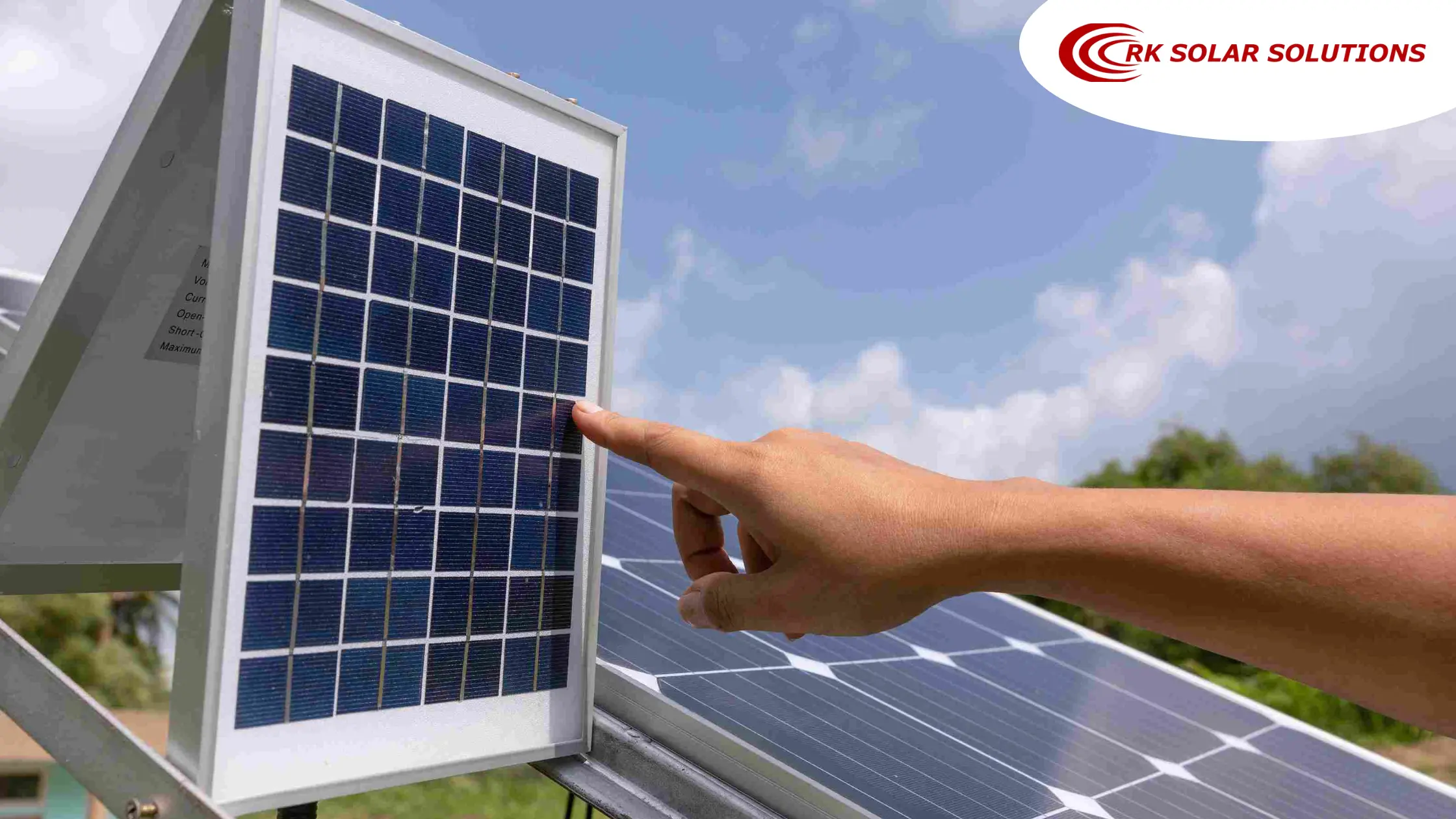


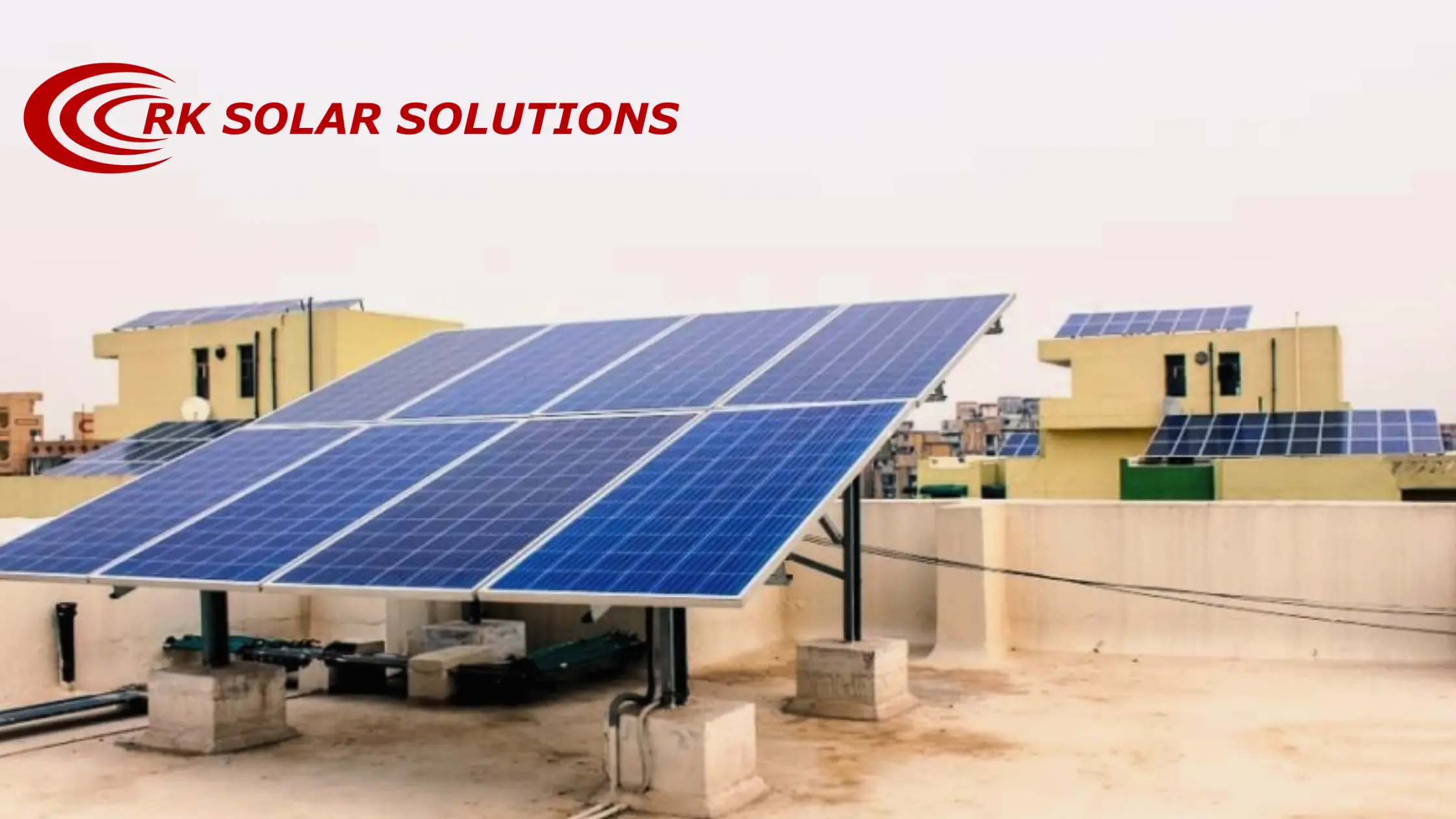

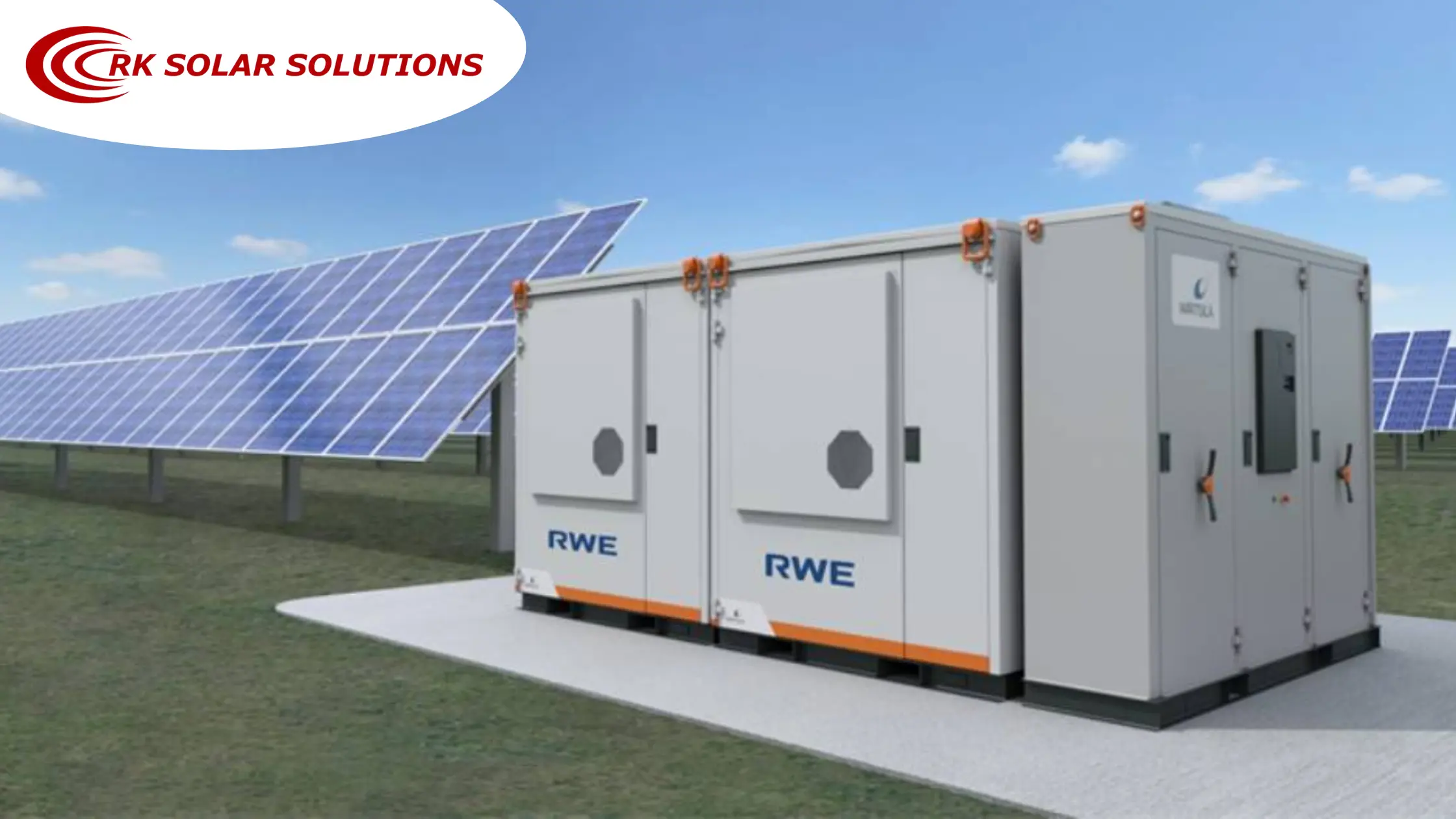
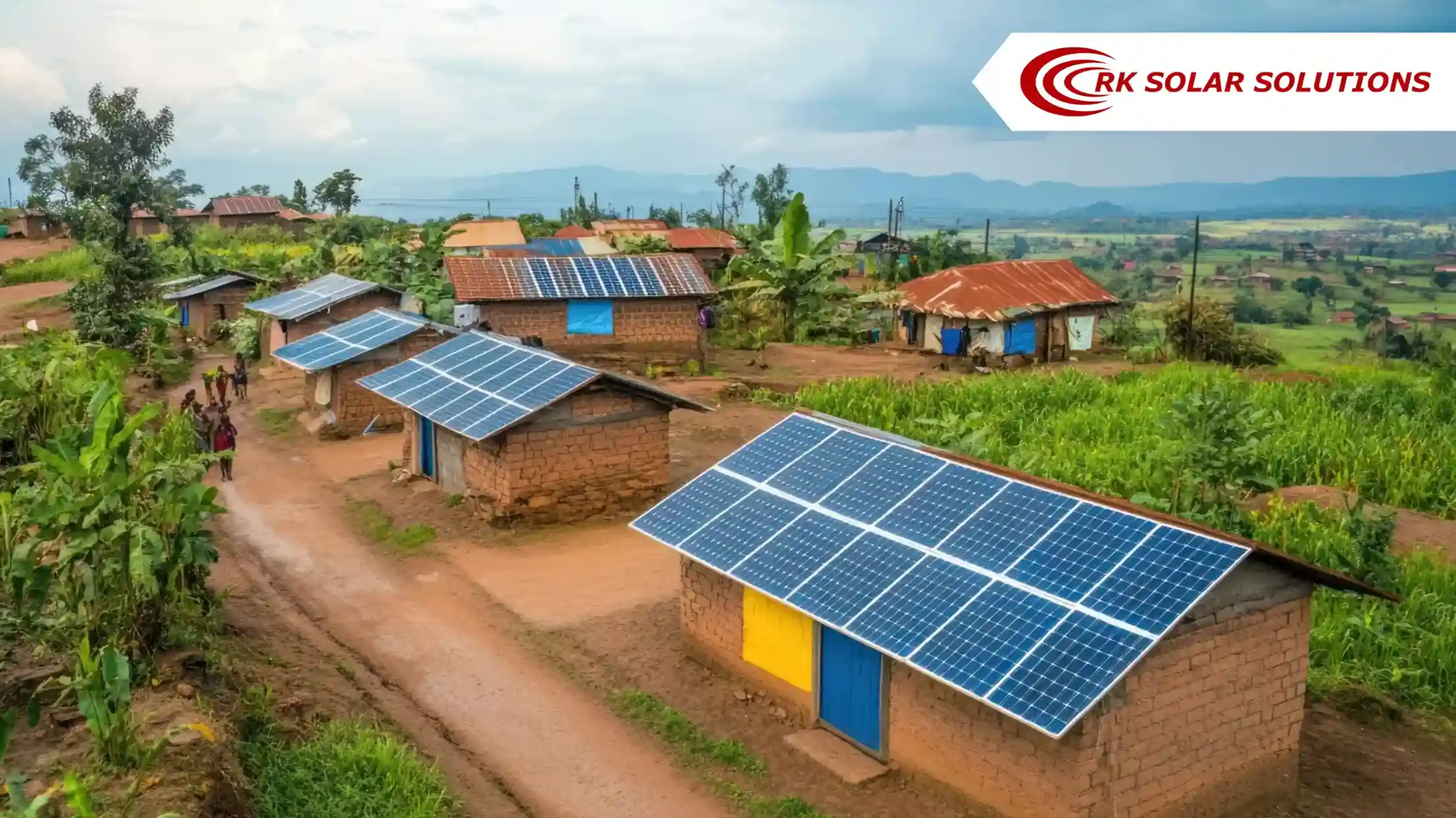
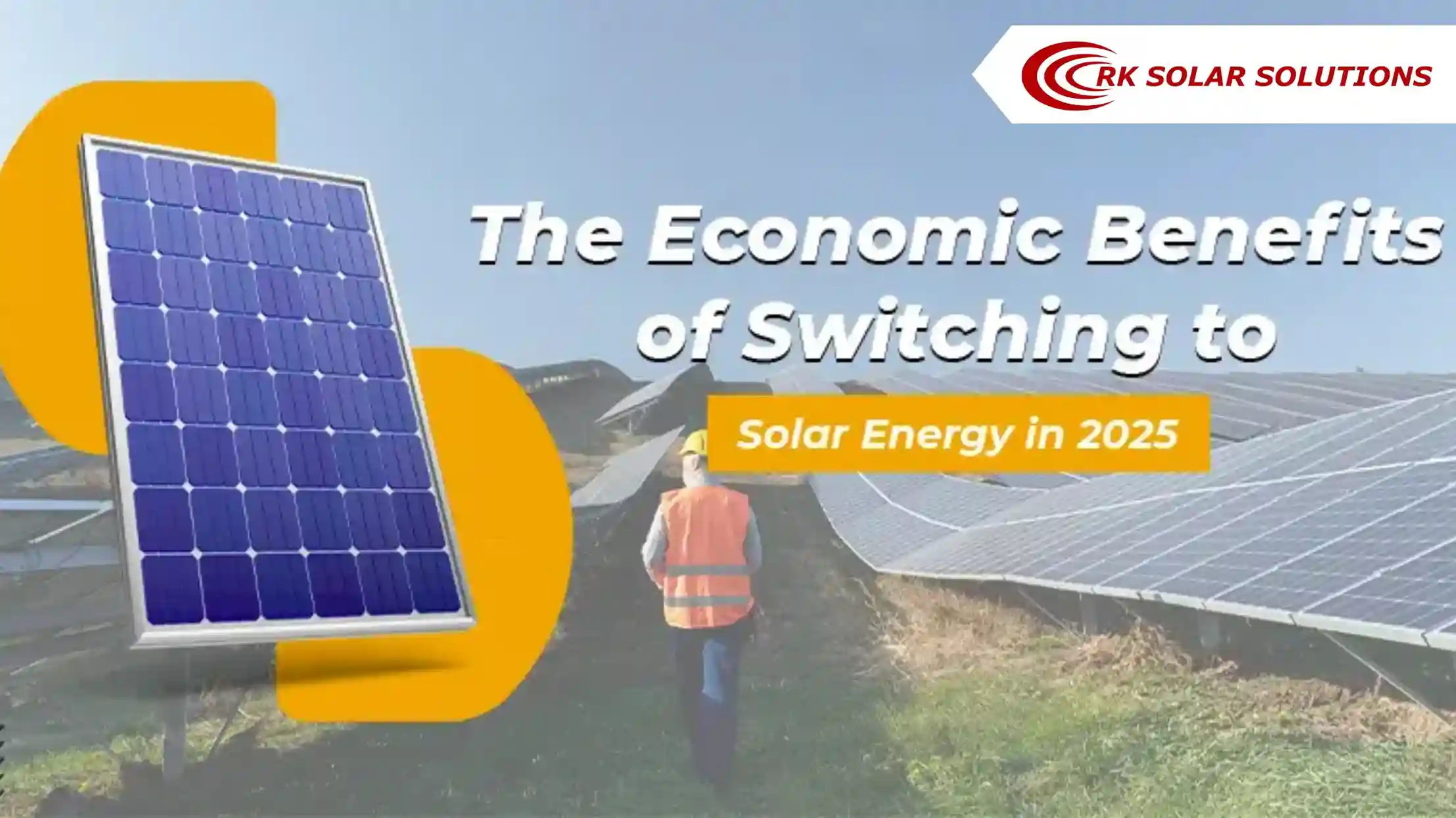

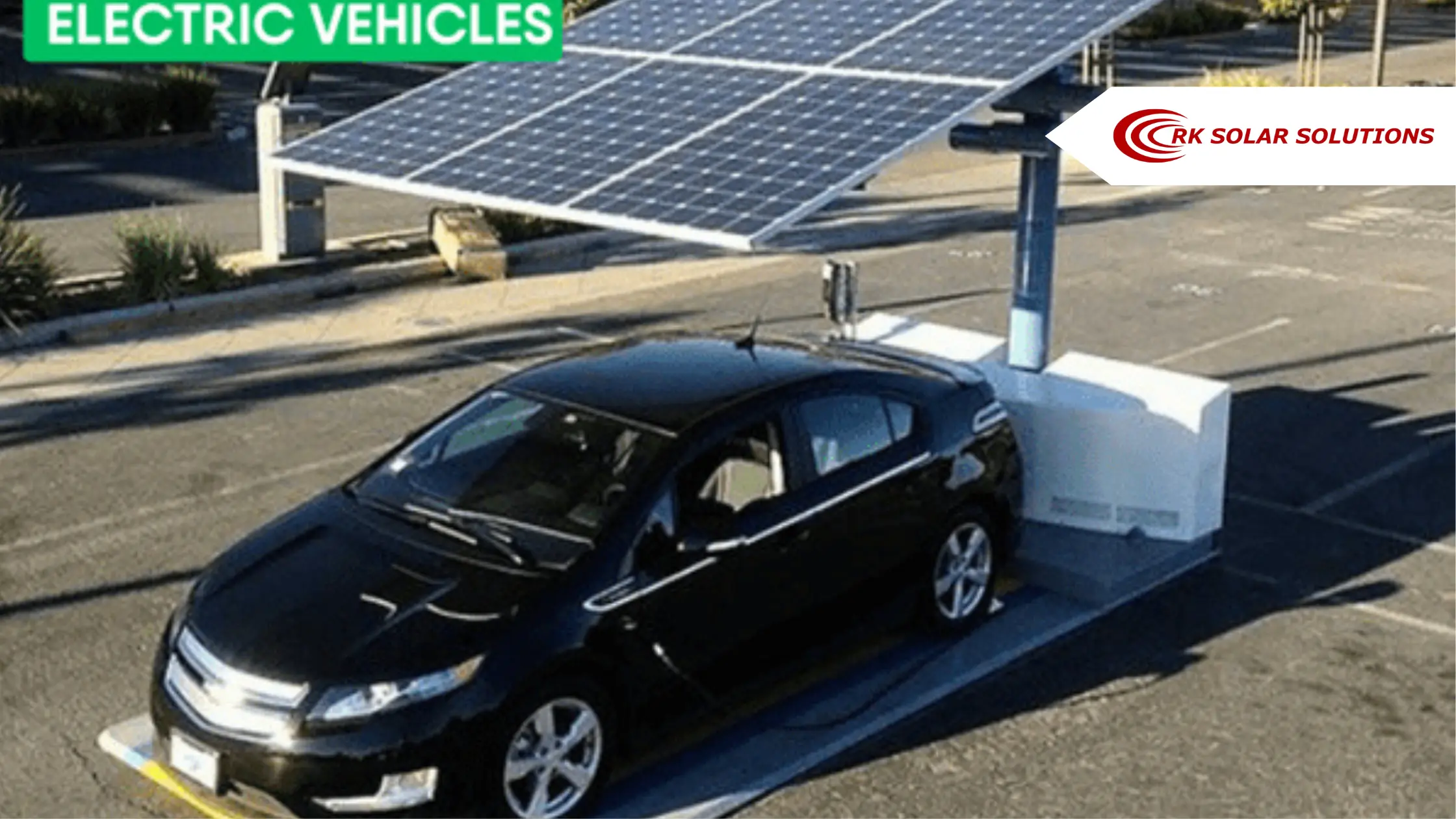
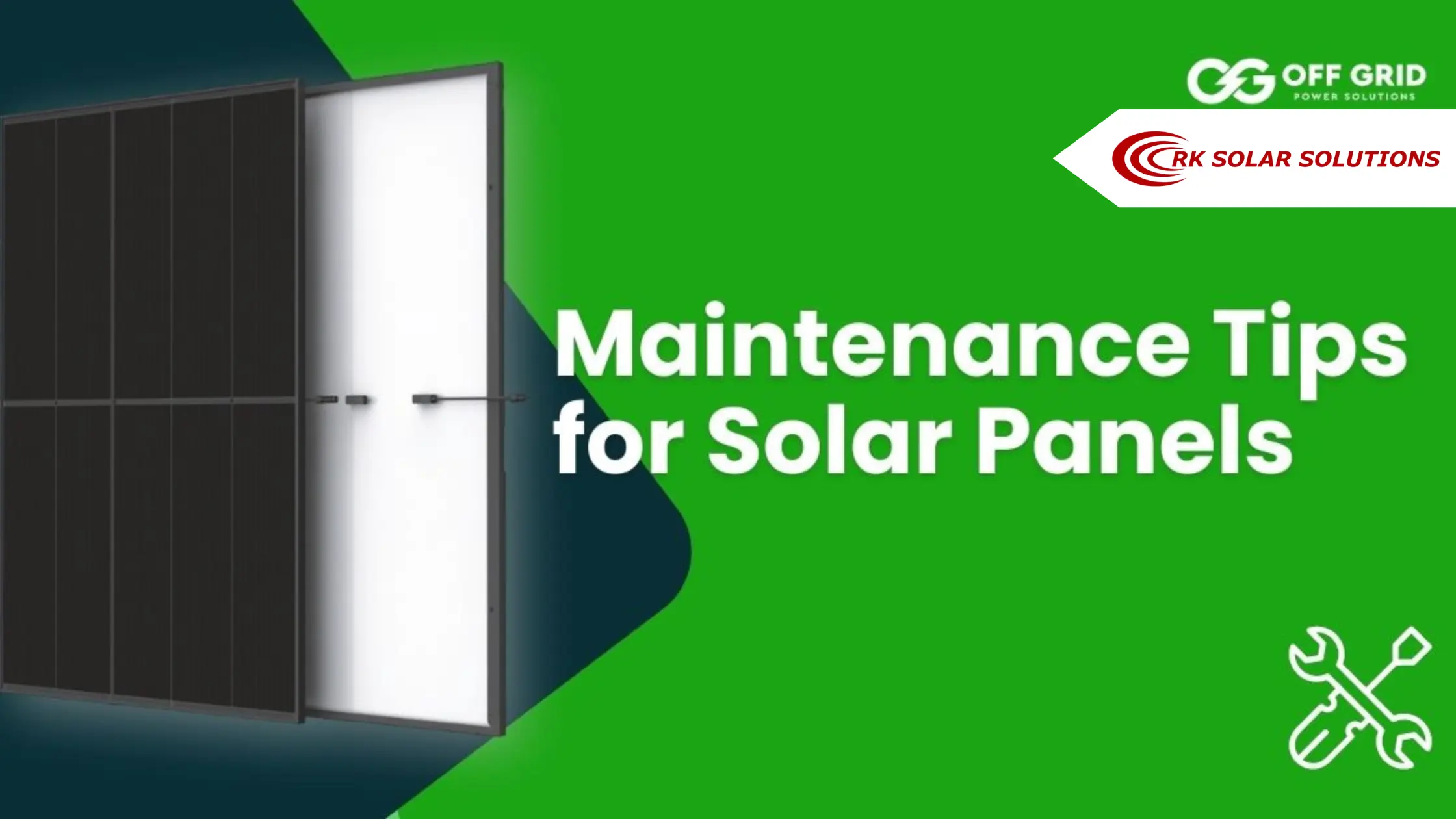
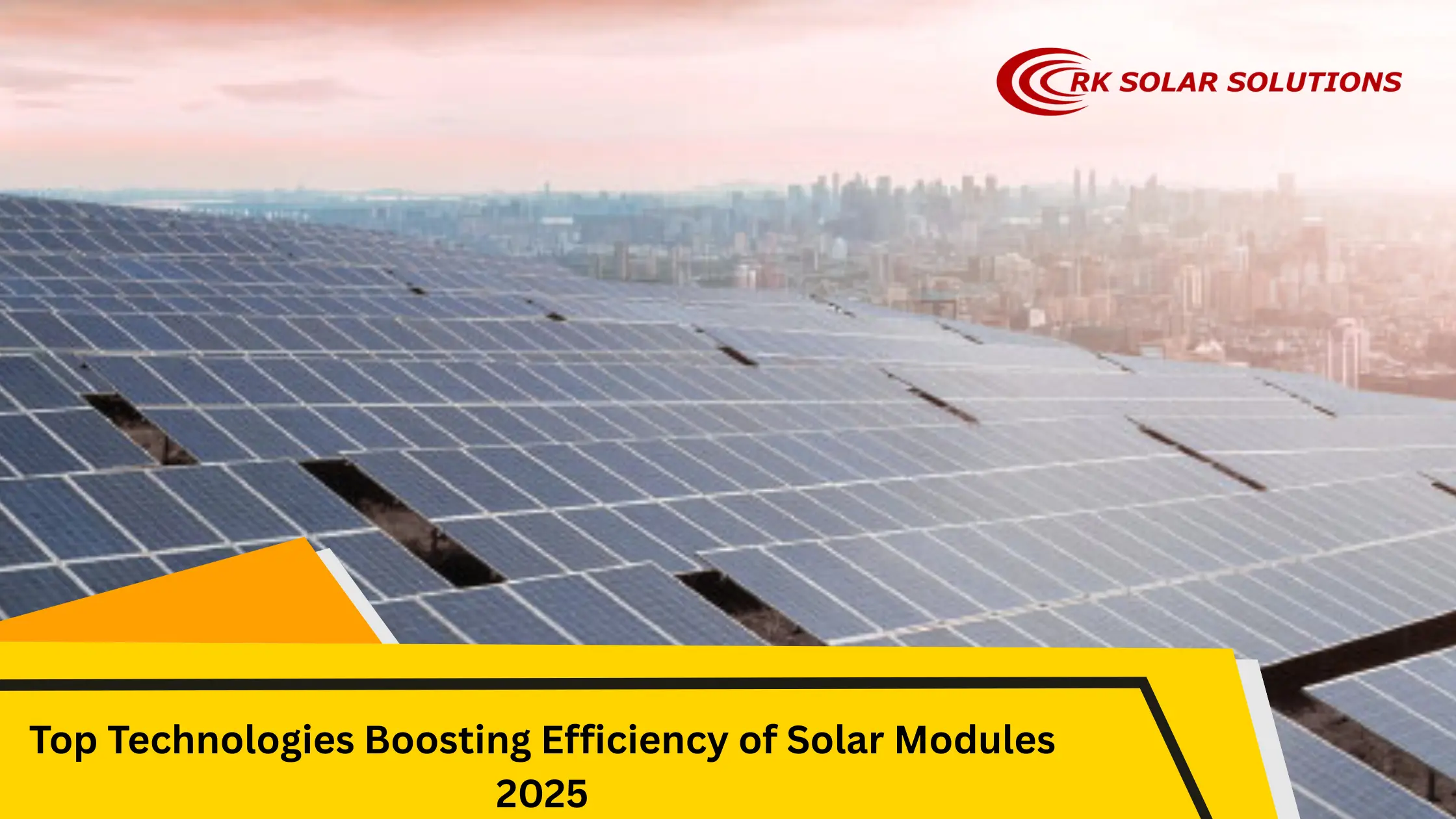
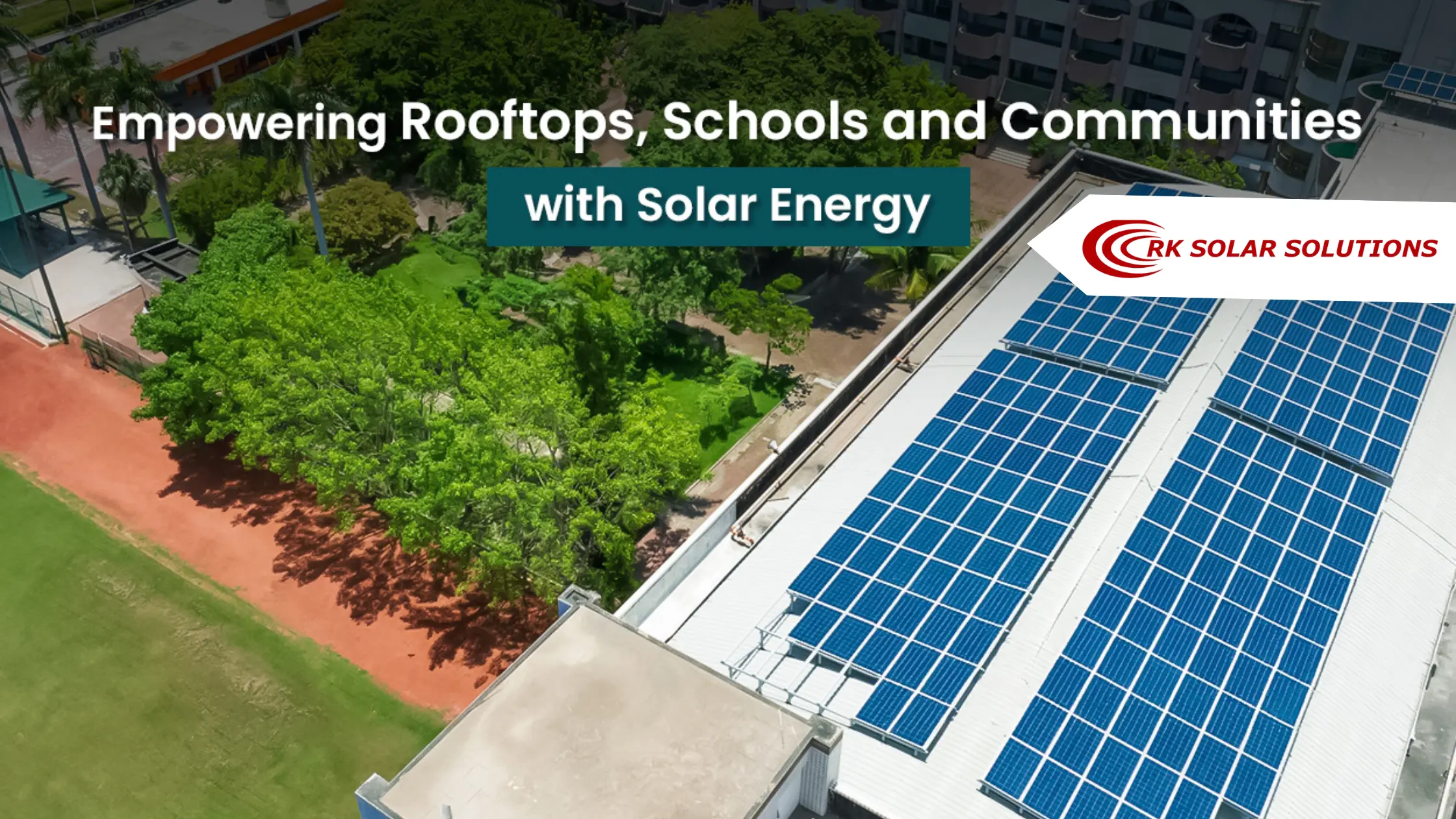

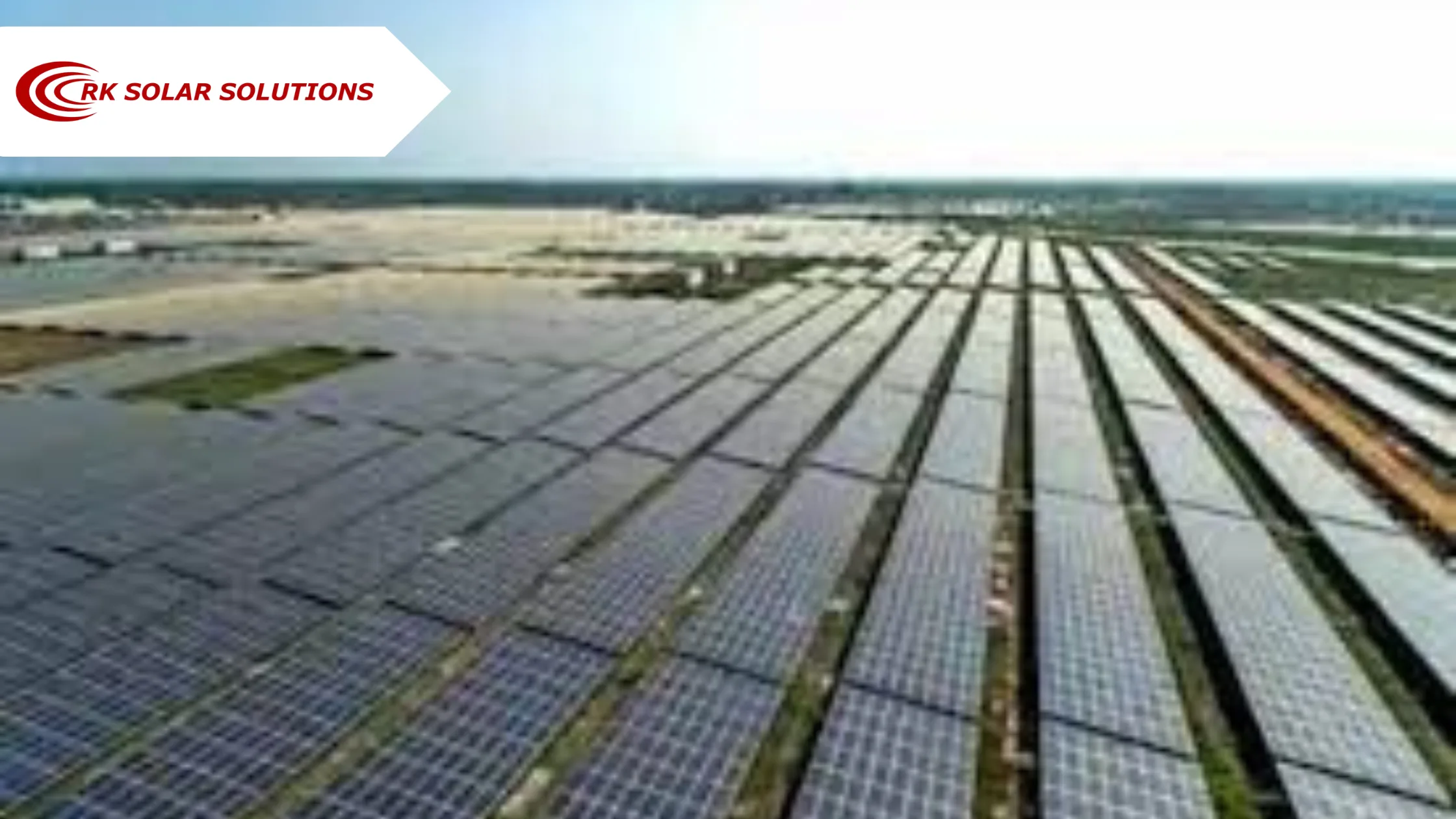
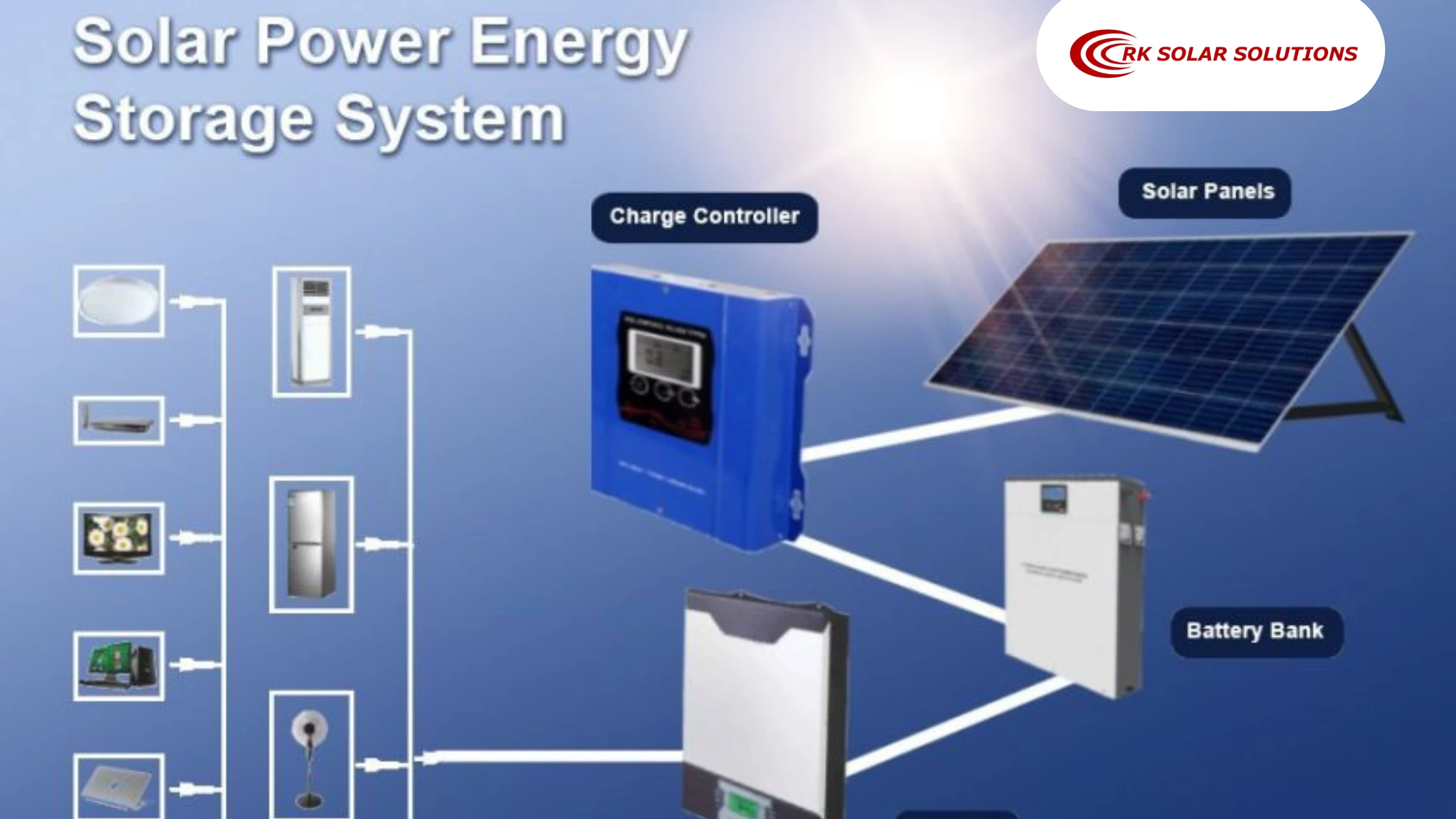







Quick Links
Get In Touch
R k solar solutions 15-1, venkatachalapathy nagar, Koraithottam, Avarampalayam, Coimbatore -641006 GST NO : 33AWRPK5780A1ZH
rksolarsolutions@gmail.com
+91 98651 94406
© CTSV Solutions Private Limited. All Rights Reserved.